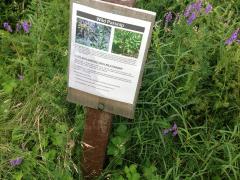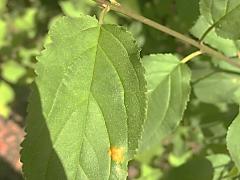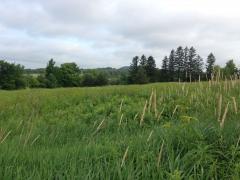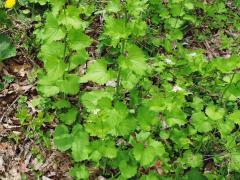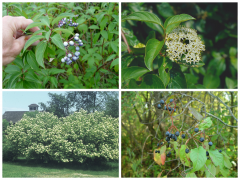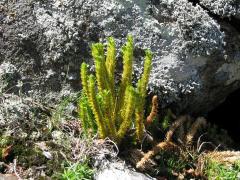At Issue: Feeling the burn of wild parsnip
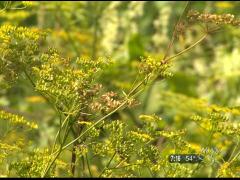
"ESSEX, Vt. -
As a landscaper, Judson Kimble is used to pulling out tough weeds. But this plant fought back.
"The foliage, the stems, the flowers. Any of it. If you break it, it all has juice inside of it," Kimble said.
That juice earned the wild parsnip its second name, "poison parsnip." And it's the reason Kimble has long, red marks all over his arms. When the sap hit his...

